

- RFQ
- BOM
-
Contact Us
Tel: +86-0755-83501315
Email: sales@sic-components.com
- Chinese
- English
- French
- German
- Portuguese
- Spanish
- Russian
- Japanese
- Korean
- Arabic
- Irish
- Greek
- Turkish
- Italian
- Danish
- Romanian
- Indonesian
- Czech
- Afrikaans
- Swedish
- Polish
- Basque
- Catalan
- Esperanto
- Hindi
- Lao
- Albanian
- Amharic
- Armenian
- Azerbaijani
- Belarusian
- Bengali
- Bosnian
- Bulgarian
- Cebuano
- Chichewa
- Corsican
- Croatian
- Dutch
- Estonian
- Filipino
- Finnish
- Frisian
- Galician
- Georgian
- Gujarati
- Haitian
- Hausa
- Hawaiian
- Hebrew
- Hmong
- Hungarian
- Icelandic
- Igbo
- Javanese
- Kannada
- Kazakh
- Khmer
- Kurdish
- Kyrgyz
- Latin
- Latvian
- Lithuanian
- Luxembou..
- Macedonian
- Malagasy
- Malay
- Malayalam
- Maltese
- Maori
- Marathi
- Mongolian
- Burmese
- Nepali
- Norwegian
- Pashto
- Persian
- Punjabi
- Serbian
- Sesotho
- Sinhala
- Slovak
- Slovenian
- Somali
- Samoan
- Scots Gaelic
- Shona
- Sindhi
- Sundanese
- Swahili
- Tajik
- Tamil
- Telugu
- Thai
- Ukrainian
- Urdu
- Uzbek
- Vietnamese
- Welsh
- Xhosa
- Yiddish
- Yoruba
- Zulu
- Kinyarwanda
- Tatar
- Oriya
- Turkmen
- Uyghur
Sensors Used in Smart Manufacturing
Sensors are like the eyes and ears of smart manufacturing, you know? They pick up all sorts of signals that machines and systems need to run smoothly.
Take temperature sensors, for example. They’re everywhere in factories. In metal processing, if the temperature gets too high or too low, the product quality goes downhill. These sensors keep track, send data to the control system, and adjustments happen automatically. It’s not just about avoiding defects, though. It also saves energy—no need to keep the heat cranked up when it’s not necessary.
Then there are pressure sensors. In hydraulic systems, they monitor the pressure in pipes and cylinders. A sudden drop might mean a leak, and if that’s not fixed quickly, it could lead to a breakdown. I’ve seen factories where a small pressure sensor prevented a huge shutdown. It’s amazing how something so tiny can have such a big impact.
Vibration sensors are interesting too. They detect unusual vibrations in machinery. Motors, pumps, conveyor belts—all these things vibrate a little when they’re working, but abnormal vibrations usually mean something’s worn out or misaligned. Catching that early means maintenance can be done before the machine fails. It’s better than waiting for a breakdown and then scrambling to fix it, right? Downtime costs a lot of money.
Proximity sensors are another big one. They sense when objects are nearby without touching them. On assembly lines, they make sure parts are in the right position before the next step. Like, if a component isn’t lined up properly, the sensor tells the robot to stop. No more damaged parts, no more wasted time. They’re pretty reliable, most of the time. Every now and then, though, dust or dirt can mess with them. But regular cleaning takes care of that.
Light sensors have their place too. In packaging lines, they check if labels are applied correctly. If the light reflected isn’t right, it means the label is crooked or missing. The line stops, someone fixes it, and off it goes again. It’s a simple job, but it keeps the products looking professional. Customers notice that stuff, you know?
I think what’s really cool is how all these sensors work together. It’s not just individual data points. They feed into big systems that analyze everything. Machine learning algorithms take the data, find patterns, predict when something might go wrong. It’s predictive maintenance, and it’s changing the game. Instead of fixing things after they break, you fix them before. Saves time, saves money, keeps workers safer too.
Of course, there are challenges. Sensor data can be noisy, especially in harsh factory environments. Dust, moisture, electromagnetic interference—they all affect accuracy. And setting up the network to handle all that data? That’s not easy. You need fast, reliable connections, or the whole system lags. But the benefits far outweigh the hassle, in my opinion.
Sensors aren’t just tools; they’re the foundation of smart manufacturing. Without them, we’d be stuck with manual checks and guesswork. And in a world where efficiency and quality matter more than ever, that’s not an option.
https://www.sic-components.com/

Hot Products
View MoreRelated Blogs

2000+
Daily average RFQ Volume

30,000,000
Standard Product Unit

2800+
Worldwide Manufacturers

15,000 m2
In-stock Warehouse






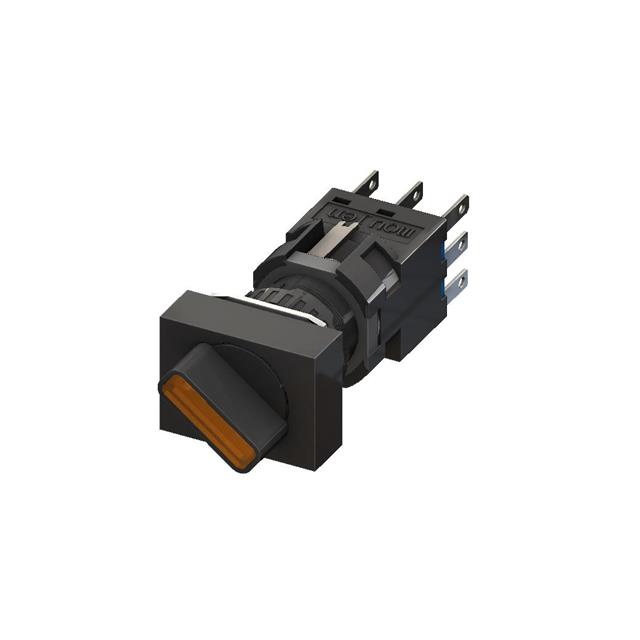
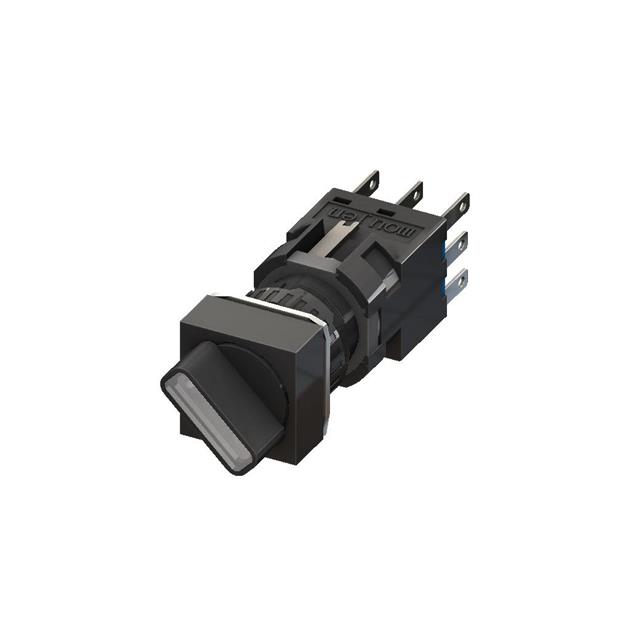
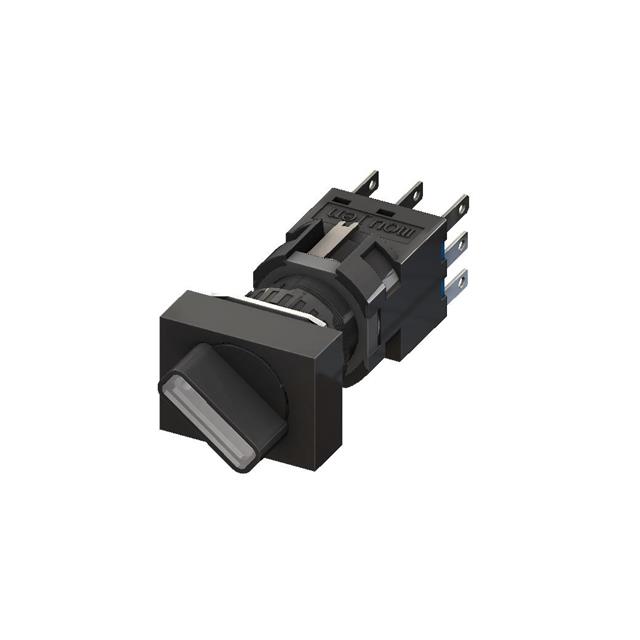
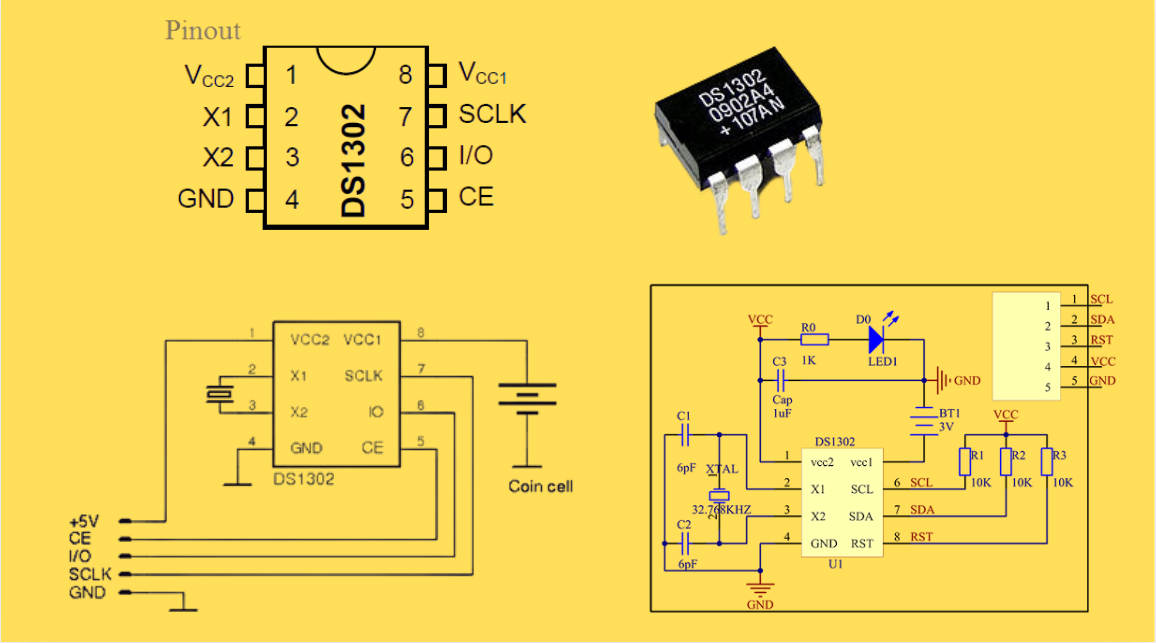

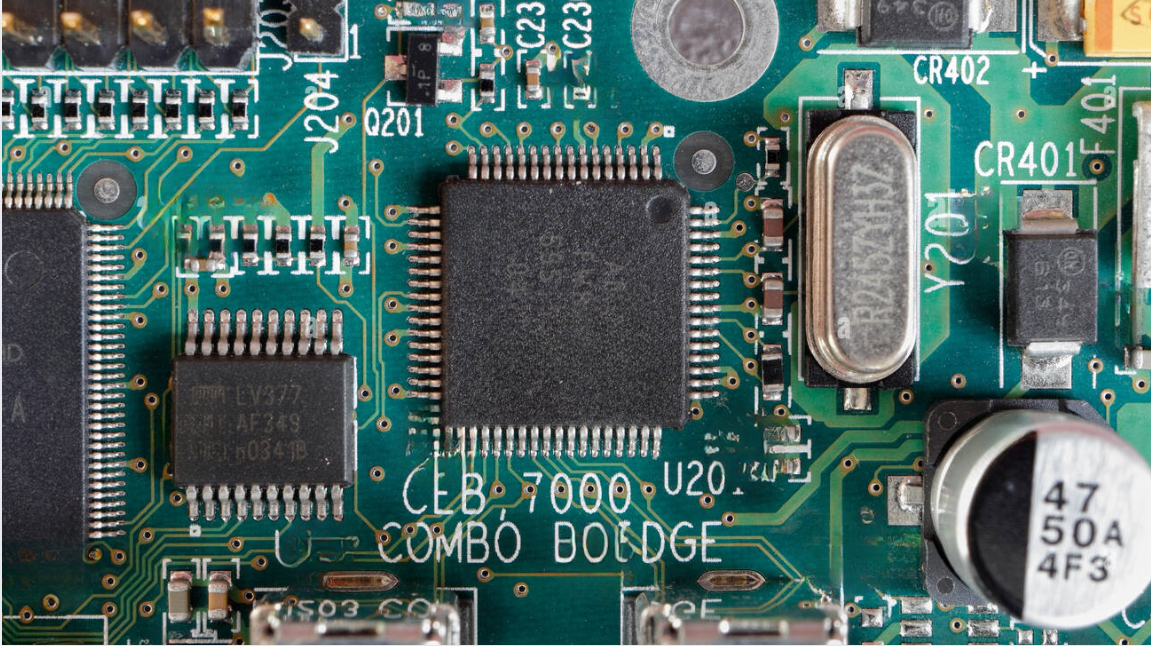
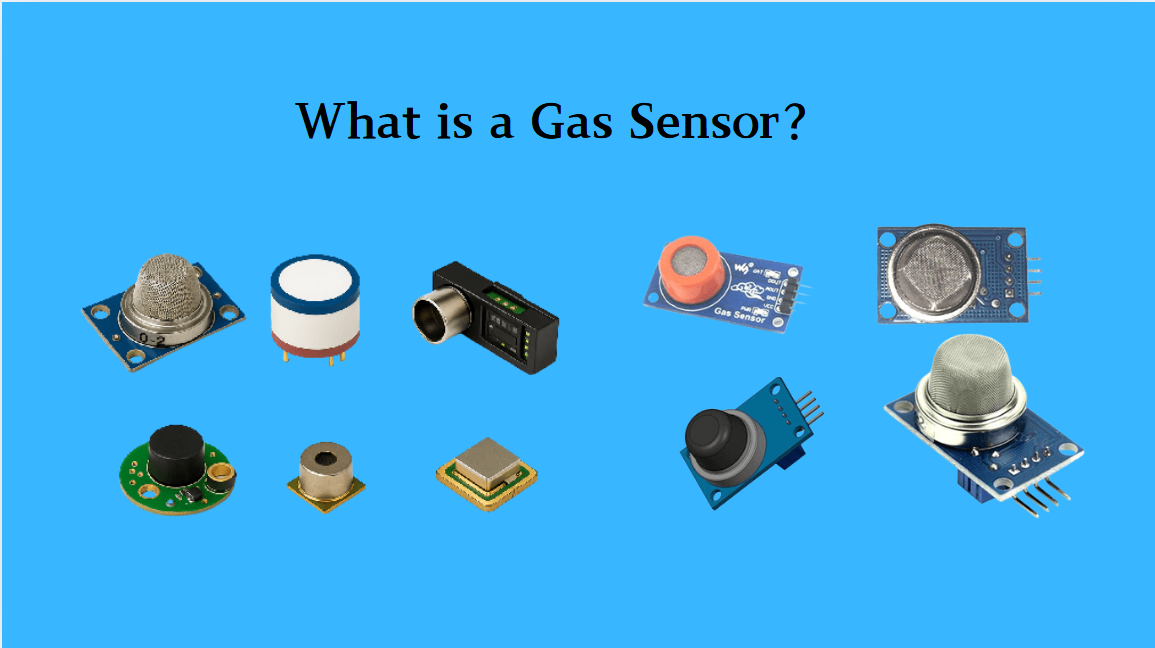

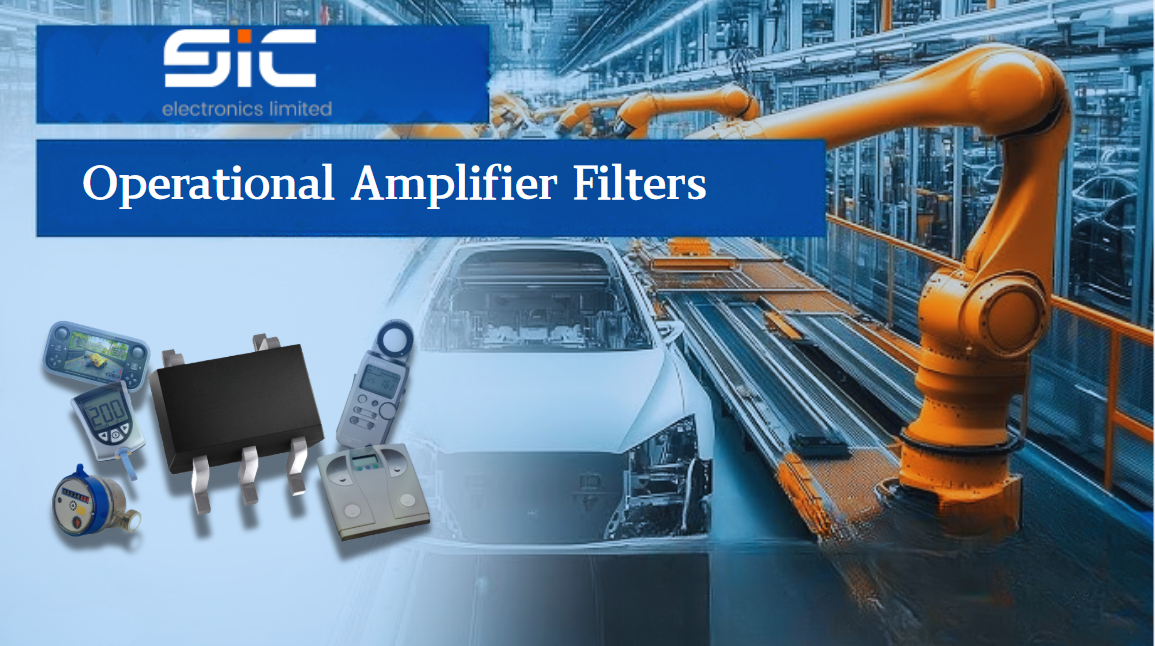

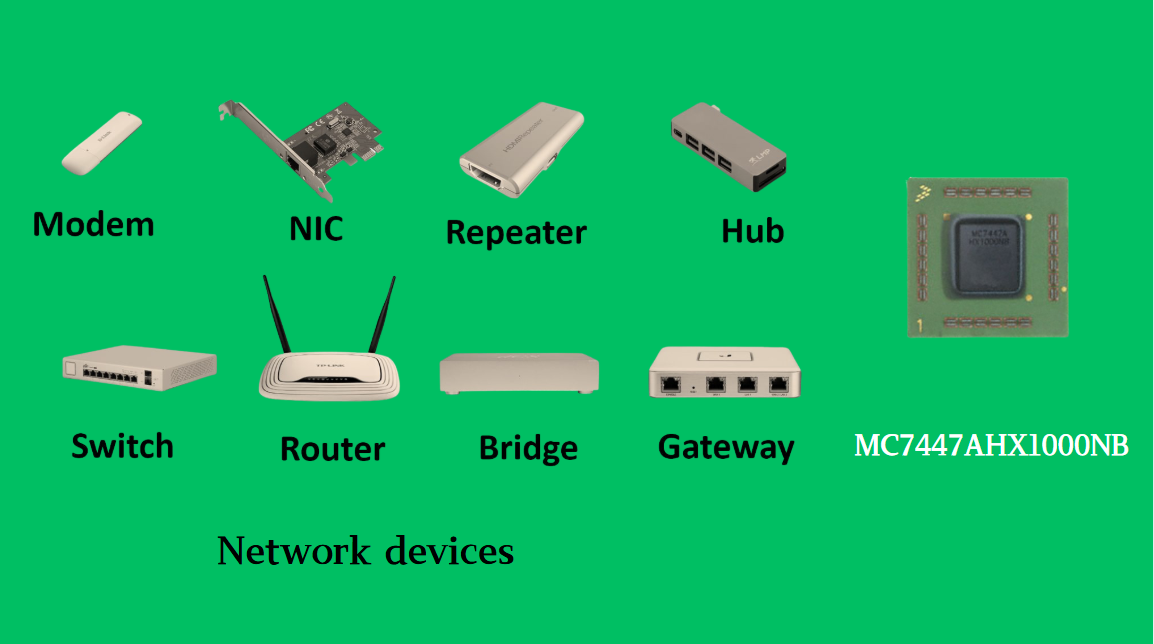

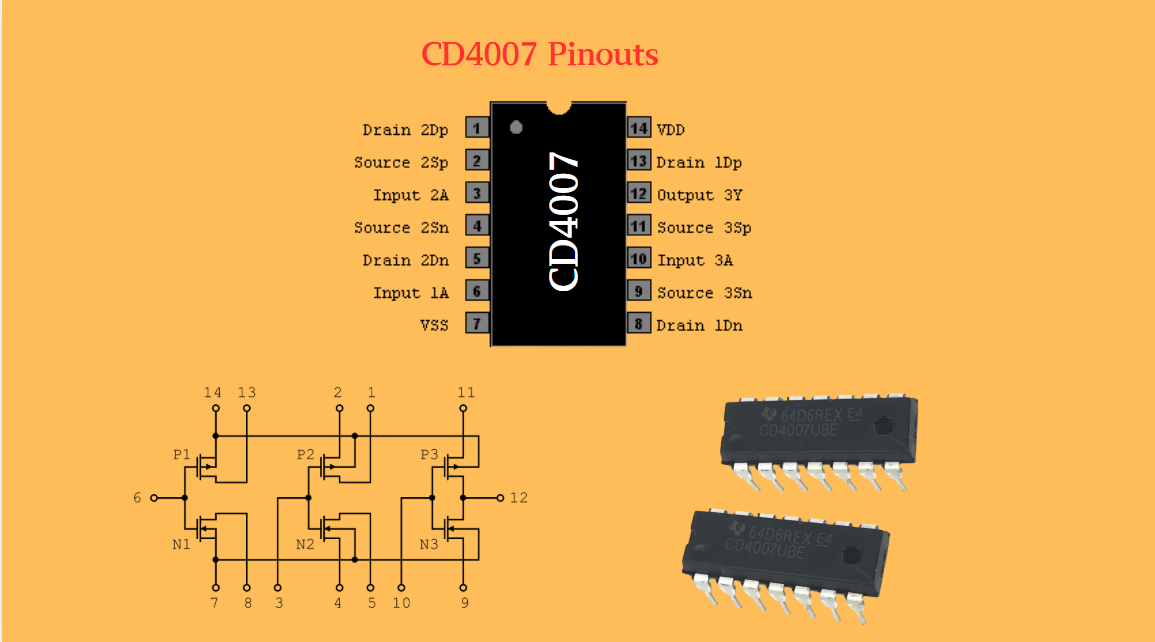
 Wishlist (0 Items)
Wishlist (0 Items)